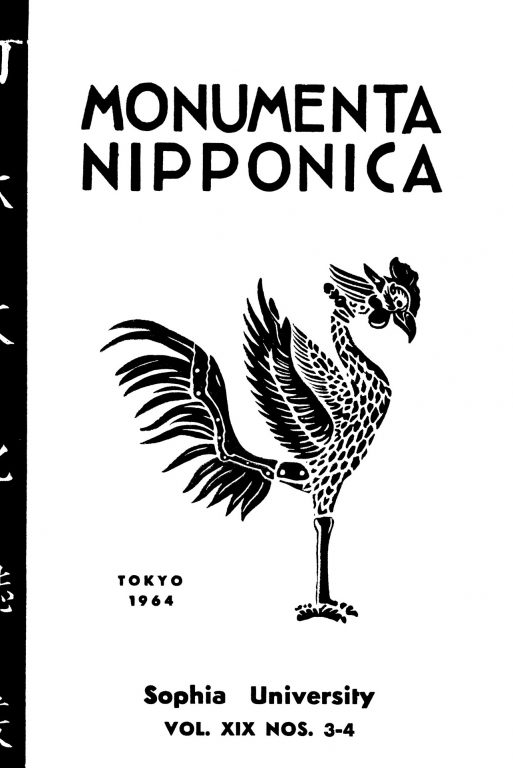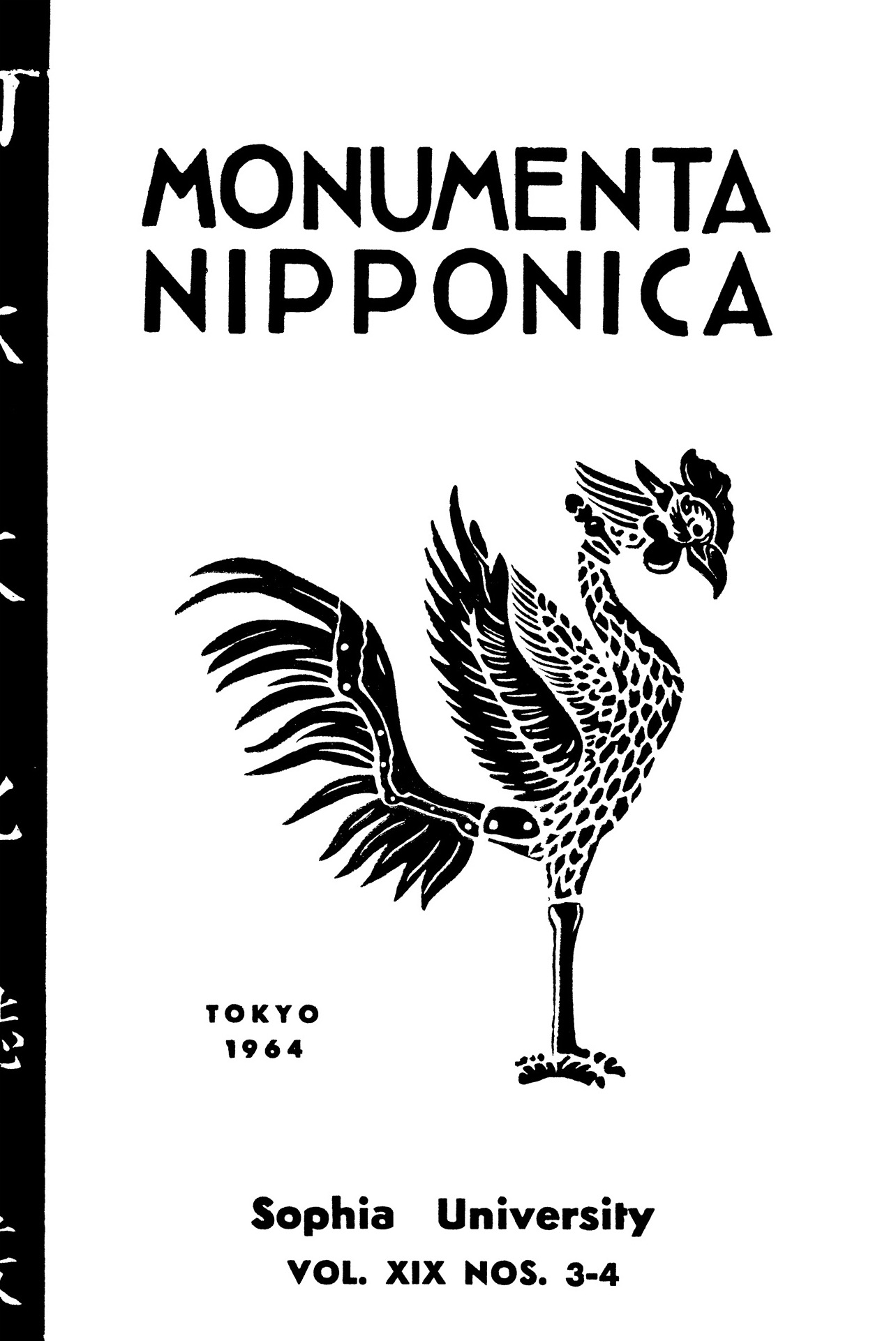The Introduction of Dutch LanguageJirō Numata
MN 19:3/4 (1964) pp. 243–53
The history of the study of the Dutch language in Japan can be traced back to the establishment of the Dutch factory in Hirado. At that time the common language in East Asian trade circles would have been Portuguese. It is quite likely that Portuguese was even used in Dutch-Japanese trade, in the very earliest period. Before long, however, some Japanese learned Dutch and became professional interpreters. Their language learning, springing as it did from the necessity to communicate about everyday affairs, was not a systematic study, but was largely for skill in conversation. As the number of professional interpreters increased they formed an organization in which they taught and learned Dutch. Quite naturally the younger would have learned first from their elders and parents, then from the Dutch people in Dejima. At times some learned directly from the Dutch people. As the main use of Dutch was for conversation and writing, rather than for reading, it was in all likelihood learned through listening and vocal practice. Rather than desk work, this study was more down to earth, a type of natural learning that went on largely during work.

